Basically, you can calculate your contour area and take reference areas. So, you can limit your contour you want to. Afterwards, you can choose your related ROI.
You can use code at below:
#include "opencv2/imgcodecs.hpp"
#include "opencv2/highgui.hpp"
#include "opencv2/imgproc.hpp"
#include <iostream>
using namespace cv;
using namespace std;
Mat src_gray;
int thresh = 100;
RNG rng(12345);
void thresh_callback(int, void *);
int main(int argc, char **argv)
{
Mat src = imread("../input/eyes.png");
if (src.empty())
{
cout << "Could not open or find the image!\n"
<< endl;
cout << "Usage: " << argv[0] << " <Input image>" << endl;
return -1;
}
cvtColor(src, src_gray, COLOR_BGR2GRAY);
blur(src_gray, src_gray, Size(5, 5));
const char *source_window = "Source";
namedWindow(source_window);
imshow(source_window, src);
const int max_thresh = 255;
createTrackbar("Canny thresh:", source_window, &thresh, max_thresh, thresh_callback);
thresh_callback(0, 0);
waitKey();
return 0;
}
void thresh_callback(int, void *)
{
Mat canny_output;
Canny(src_gray, canny_output, thresh, thresh * 2);
vector<vector<Point>> contours;
vector<Vec4i> hierarchy;
findContours(canny_output, contours, hierarchy, RETR_TREE, CHAIN_APPROX_SIMPLE);
Mat drawing = Mat::zeros(canny_output.size(), CV_8UC3);
cv::Mat roi1, roi2;
int count = 0;
for (size_t i = 0; i < contours.size(); i++)
{
if (contourArea(contours[i]) > 1300)
{
count++;
std::cout << " Area: " << contourArea(contours[i]) << std::endl;
Scalar color = Scalar(rng.uniform(0, 256), rng.uniform(0, 256), rng.uniform(0, 256));
drawContours(drawing, contours, (int)i, color, 2, LINE_8, hierarchy, 0);
Rect box = boundingRect(contours[i]);
std::cout << " Box: " << box << std::endl;
if (count == 1)
{
roi1 = src_gray(box);
}
else if (count == 2)
{
roi2 = src_gray(box);
}
}
}
std::cout << " " << std::endl;
imshow("Contours", drawing);
imshow("roi1", roi1);
imshow("roi2", roi2);
}


